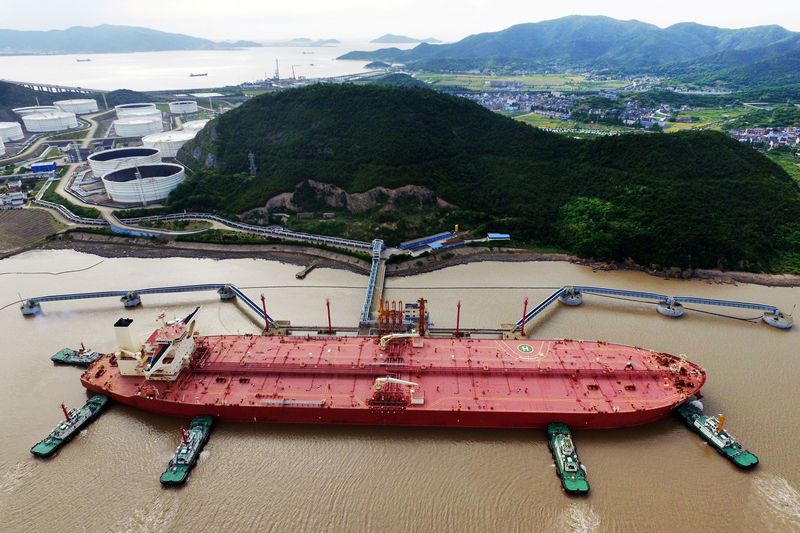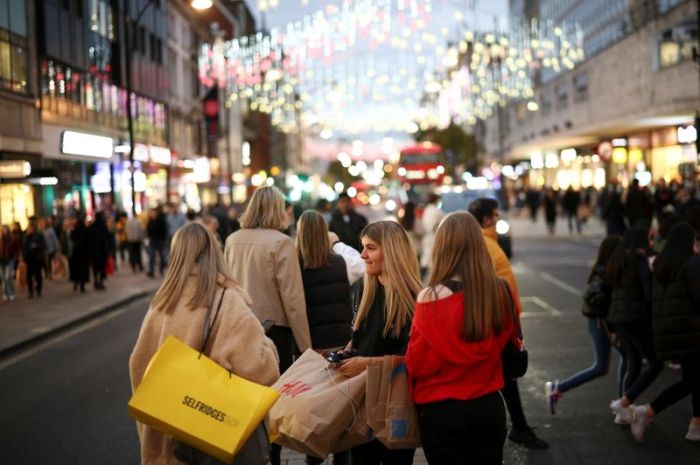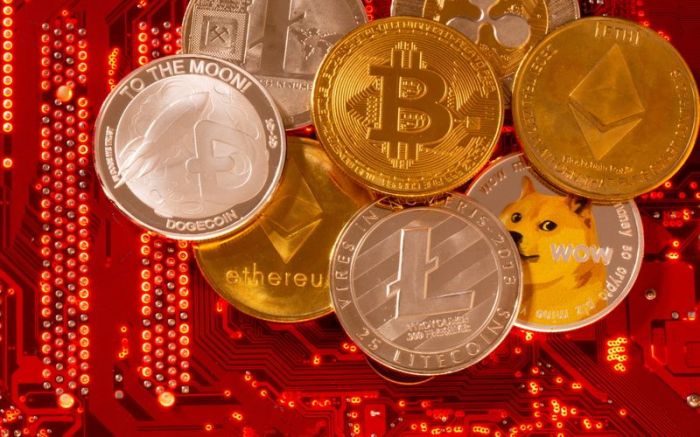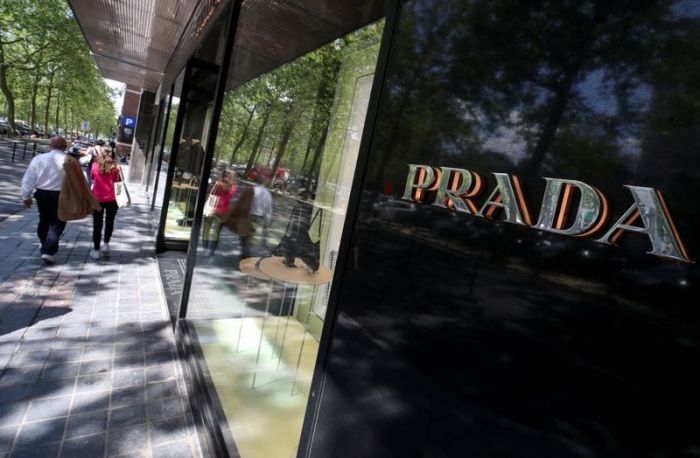SINGAPORE (Reuters) – Asia’s spot crude market has peaked after touching near two-year highs this week, as a possible release of oil reserves from top consumers globally dented sentiment and weighed on prices, trade sources said.
The administration of U.S. President Joe Biden asked big oil buyers like China, India and Japan to consider releasing crude stockpiles. China said it is working on a release of its crude reserves, while Japan and South Korea are reviewing the U.S. request.
Traders say the possible unprecedented coordinated oil release by top consumers has chilled buying interest in recent sessions, resulting in key physical spot price premiums weakening for crudes sold to Asian buyers out of the Middle East and Russia.
The backwardation structure in Brent crude futures – where contracts for immediate delivery are more expensive than those for later periods – has also narrowed sharply this week, indicating reduced tightness in the market over the near term.
GRAPHIC: Brent’s backwardation narrows after hitting multi-year highs in
late October https://fingfx.thomsonreuters.com/gfx/ce/lbvgnbdrzpq/BrentSpreadsNov2021.png
In addition, Brent’s premium to Dubai quotes has also cooled from eight-year highs hit earlier this month, and could make crude from the Atlantic Basin more affordable to Asian buyers again.
“The pressure valve has been released for Asia with EFS coming off,” a trader with an Asian refiner said, referring to the Brent-Dubai spread, also known as Exchange for Swaps (EFS).
“There was previously no alternative supplies as the arbitrage was closed even to India.”
Spot premiums for Middle East crudes have also eased from multi-month highs as more supplies become available.
GRAPHIC: Brent’s premium to Dubai quotes narrows from 2013 high https://fingfx.thomsonreuters.com/gfx/ce/zdpxonglovx/Pasted%20image%201637290469546.png
Buyers in top importer China have bought some U.S. Mars crude cargoes recently, as premiums for the Gulf coast sour grade are 50 cents to $1 a barrel below Oman crude for February arrival, traders said, although volumes were limited.
“Prices did come off, so I guess the threat of one (SPR release) is more effective than actually doing it,” said a senior crude trader in Singapore.
GRAPHIC: Middle East crude benchmarks https://graphics.reuters.com/ASIA-OIL/PRICES/gdvzyderwpw/chart.png
Similarly, spot premiums for light oil grades – Russian Sokol and ESPO – sold to Asia slumped by $1 to $2 a barrel after hitting their highest in 22 months earlier this week.
GRAPHIC: Russian Sokol, ESPO crude premiums fall after hitting 22-mth
highs https://fingfx.thomsonreuters.com/gfx/ce/znvnekmybpl/Pasted%20image%201637290551617.png
The drop in ESPO premiums was mainly sparked by poor demand from Chinese independent refiners after local authorities stepped up tax investigations, traders said.
“I think it spooked the Shandong refineries, so all in all it’s translating to a slowdown in the market,” a second trader said.
Consultancy Energy Aspects said fears of severe penalties will prompt the independent refineries to save more cash and become more cautious on sourcing feedstocks.
Also, China is expected to release another 10 million to 15 million barrels of crude from its reserves in eastern Zhoushan in its next auction round, it added.
“Any oil released from the Chinese SPR needs to be refilled within 90 days,” Energy Aspects analysts said in a note.
“The market should focus on where these countries will find crude to refill these tanks given just how low stocks are.”
In Asia, refining margins have also slipped from two-year highs as profits for producing distillates such as naphtha, gasoline and gasoil corrected after making sharp gains in past two months.
GRAPHIC: Asia refining margins slip from 2-year highs https://fingfx.thomsonreuters.com/gfx/ce/xmvjoryzmpr/Pasted%20image%201637293372175.png
“The original strength in the market was pumped up because of Europe’s (power crunch) situation,” the first trader said.
“Everyone was getting wild on LNG, but then renewed COVID-19 fears over there seem to be weighing a bit now.”
“The rug has been taken out from underneath everyone. Most buyers should be covered by now, and China is nowhere to be seen,” he added.
(Reporting by Florence Tan; Editing by Lincoln Feast and Christian Schmollinger)
























